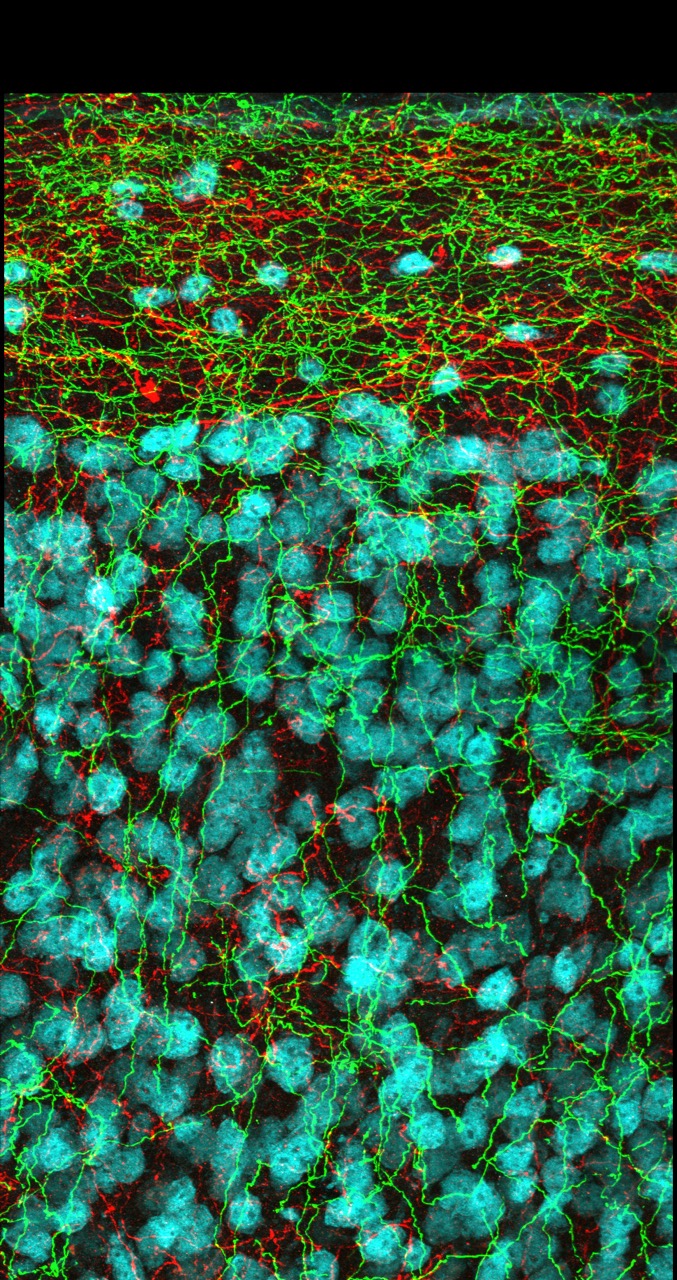
Margaret Bidwell Memorial Lecture: The secret lives of axons
Description
It is widely believed that damaged axons in the adult mammalian brain have little capacity to regenerate, thereby impeding functional recovery after injury. Studies using fixed tissue have suggested that serotonin neurons might be a notable exception, but they remain inconclusive. To address these issues, we have employed in vivo two-photon microscopy to produce time-lapse images of serotonin axons in the neocortex of the adult mouse. Serotonin axons undergo massive retrograde degeneration following amphetamine treatment and the subsequent slow recovery of axonal density is dominated by new growth with little contribution from local sprouting. Similarly, a stab injury that transects serotonin axons running in the neocortex is followed by local regression of cut serotonin axons and followed by their regrowth into and across the stab rift zone, continuing for several months. Unlike regenerating axons in the peripheral nervous system, serotonin axons do not follow the pathways left by degenerated axons. The regrown axons release serotonin and their regrowth is correlated with recovery in behavioral tests. Thus, serotonin axons in the brain have an unusual capacity for regeneration and this regeneration is functional and approximates the pre-lesion state. Perhaps, uncovering the unique molecular properties of regeneration-competent serotonin axons and the discovery of genetic and pharmacological manipulations that enhance or suppress long-distance serotonin axon regeneration will allow for the development of therapies to promote axon regeneration in a wide variety of cell types.
Speaker Bio
David J. Linden, Ph.D., is a Professor in the Department of Neuroscience at the Johns Hopkins University School of Medicine. He received his B.A. in Neurobiology from University of California, Berkeley, and a Ph.D. in Neuroscience from Northwestern University. His laboratory has worked for many years on the cellular substrates of memory storage, recovery of function after brain injury and a few other topics. He has a longstanding interest in scientific communication and served for many years as the Chief Editor of the Journal of Neurophysiology. He is the author of three bestselling books on the biology of behavior for a general audience, The Accidental Mind (2007) and The Compass of Pleasure (2011) which, to date, have been translated into 19 languages. His most recent book, Touch: The Science of Hand, Heart and Mind (2015) was recently published by Viking Press (USA/Canada).

